Applications and Industries : Mining and Minerals
Applications and Industries : Mining and Minerals
Applications and Industries
Mining and Minerals
Bettersize particle size and shape analysis instruments are widely used in the research, manufacturing and application of all kinds of mining and minerals, bringing favorable profits.
Abrasives, Fluorspar, Gallium, Mica, Soda Ash, Antimony, Garnet, Molybdenum, Arsenic, Nickel, Strontium, Asbestos, Germanium, Niobium, Sulfur, Barite, Gold, Talc, Bauxite, Graphite, Tantalum, Beryllium, Gypsum, Perlite, Tellurium, Bismuth, Hafnium, Phosphate Rock, Thallium, Boron, Platinum, Thorium, Bromine, Indium, Potash, Tin, Cadmium, Iodine, Pumice, Titanium, Cement, Iron and Steel, Quartz Crystal, Tungsten, Cesium, Iron Ore, Rare Earths, Vanadium, Chromium, Iron Oxide Pigments, Rhenium, Vermiculite, Clays, Kyanite, Rubidium, Wollastonite, Cobalt, Lead, Yttrium, Copper, Lime, Sand, Zeolites, Diamond, Lithium, Scandium, Zinc, Diatomite, Magnesium, Selenium, Zirconium, Feldspar, Manganese and Silicon are all materials that are mined and then extracted from the ore. If it is mined, particle size distribution measurement in the extraction of useful minerals is an arduous and technically demanding. The ore is blasted or cut and loaded and hauled to the mill for the secondary crushing and grinding which prepares the material for its intended use.
Comminution
In many cases, the valuable minerals are mixed with gangue and the ore must be separated. The first step of many separation processes is comminution (size reduction) followed by classification (separation by particle size) either for further grinding or the next step, concentration of the ore. During comminution, ore must be ground such that the particles are small enough that each particle consists of primarily one mineral. These particles are then separated to concentrate the mineral product.
Gravity Separation
Gravity separation relies on differences in material mass to separate minerals. Methods include jigs, sluices, spirals, shaking tables, fine particle separators, and hydrosizers and cyclones. Gravity separation is separation based on weight only and is directly affected by particle size since volume is proportional to weight.
Jigging uses pulsed water flow or a similar process to push up ground material. Heavier and larger particles will sink more quickly between pulses and thus tend to the bottom of the jig. Thus, uniform particle size is important to ensure separation by density and not size. In addition, jig operation (length of water pulses) and design will depend on the size of particles being separated. Sluices and spirals rely on the difference between viscous drag and buoyancy for particle separation. This difference is directly related to particle size. Gravity tables use a vibrating platform to separate by particle size and specific gravity. Thus, narrow size distribution feeds result in better separation.
Froth Flotation.
Here the material is separated by surface chemistry. Bubbles flowing through a slurry or suspension will tend to stick to particles with a hydrophobic surface and cause the particles to float to the top of a froth for recovery. Often, particle surfaces are selectively modified so that mineral surfaces are hydrophobic while gangue surfaces are hydrophilic. Particle size is important to the process efficiency. Overly fine particles may be entrained in the bubble flow regardless of surface chemistry, reducing the effectiveness of separation efficiency. Overly large particles will tend to sink regardless of bubble attachment.
Electrostatic and Magnetic Separation
The behavior of a particle under electrostatic or magnetic fields can be exploited to separate particles by type. These fields will induce charges (or magnetism). The resulting forces will cause particles to move depending on particle mass. Thus small particles are moved further than large particles. Furthermore, particle charge is a surface phenomena and the larger surface area of fine particles will tend to have a higher charge. These size effects can lead to separation by size rather than composition. As such, a narrow size distribution often, but not always leads to better separation.
Shipping Product
The final product is often graded and sold as-is or for further processing. Users will want a particular particle size range in order to ensure that their process is optimized. Thus, in the all-important step of selling products, many mines will control particle size and in some cases, particle shape is important as well.
The particle sizing systems below are fully capable of measuring size and shape to assist the user to obtain the optimal size throughout the manufacturing process.
Bettersizer S3 Plus
The Bettersizer S3 Plus particle size and shape analyzer combines laser diffraction and dynamic image analysis in one instrument. It can measure the size and shape of particles from 0.01 μm to 3500 μm. Its exceptional sensitivity for either ultrafine particles or oversized particles, and unsurpassed resolution, make it the most powerful size and shape analyzer for enthusiastic researchers who conduct top scientific research.
Bettersizer ST
The Bettersizer ST is an automated laser diffraction particle size analyzer designed for industrial quality control. Its patented DLOS (Dual Lens Optical System) guarantees the instrument to provide consistent and reliable particle size distribution results. The SOP (Standard Operating Procedure) and automated analysis procedures are designed to help you save valuable time for quality inspection. Skip complex operations with Bettersizer ST: Simply click "Start", add the sample, and Bettersizer ST will provide the particle size distribution analysis for you.
BeVision W1
The BeVision W1 particle analyzer is a high resolution dynamic image particle size and shape analysis machine. Based on sheath flow theory, BeVision W1 particle size determination granulometer captures each particle and delivers accurate particle size analysis and particle shape measurement results.
PowderPro A1
The physical properties of a powder pile are very important and need to be measured, the basic physical characteristics of powdered materials are practically significant in powder production, processing, transportation, storage and other applications. PowderPro A1 is mainly used for the analysis of powder physical characteristics by testing angle of repose and fall, angle of difference, angle of spatula, voidage, uniformity, cohesiveness, tapped density, bulk density, compressibility, dispersibility, flowability index, floodability index. PowderPro A1 was developed to obtain fast, simple, accurate, scientific test results for the physical properties of all these powders.
PowderPro M1
PowderPro M1 is used to measure the physical properties of a powder pile. The basic physical characteristics of powdered materials are practically significant in powder production, processing, transportation, storage and other applications. For example, angle of repose and angle of fall should be considered while designing cone angle silos; tapped and bulk densities should be taken into account while designing packaging bags and barrels or during the production of tablets made from powdered raw materials,etc.
Bettersizer 2600
The Bettersizer 2600 utilizes this laser diffraction technology. There are 92 photoelectric detectors to convert light signals from the scattering spectrum to electrical signals, which are transmitted into an intelligent software. By implementing the Mie scattering theory to the data and performing mathematical conversion, the complete particle size distribution can be derived.
27 มีนาคม 2566
ผู้ชม 95 ครั้ง


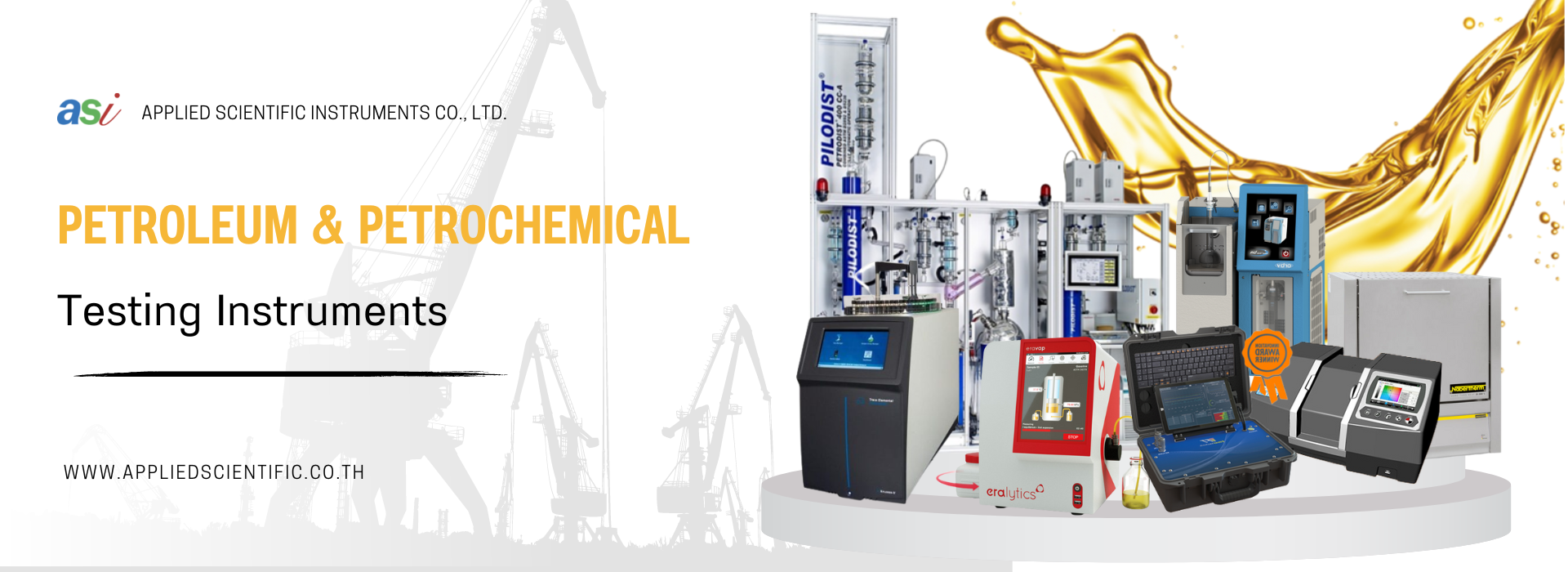
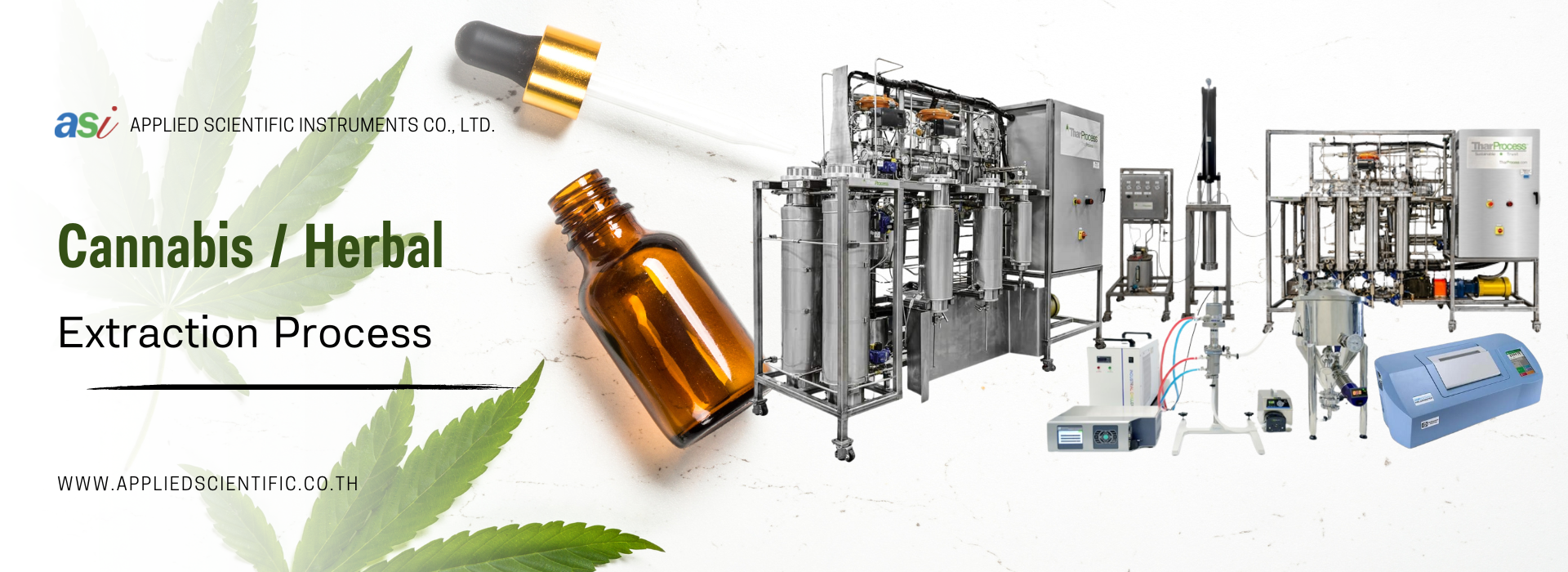
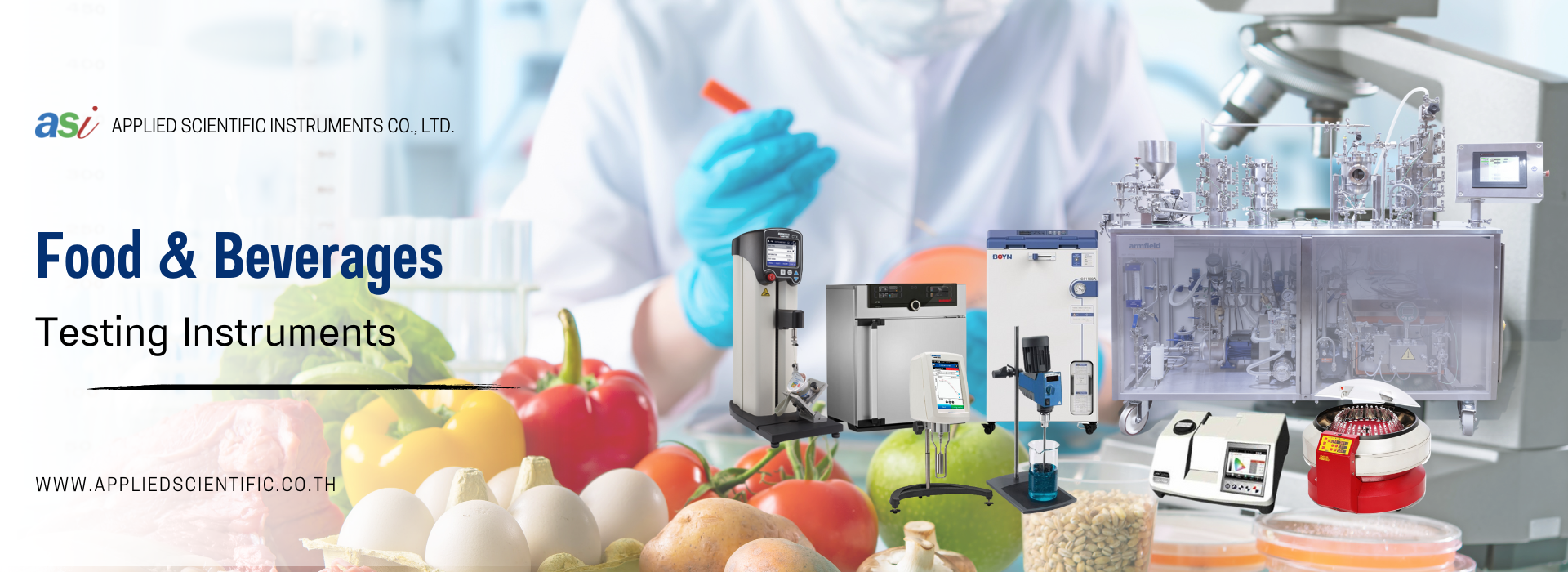
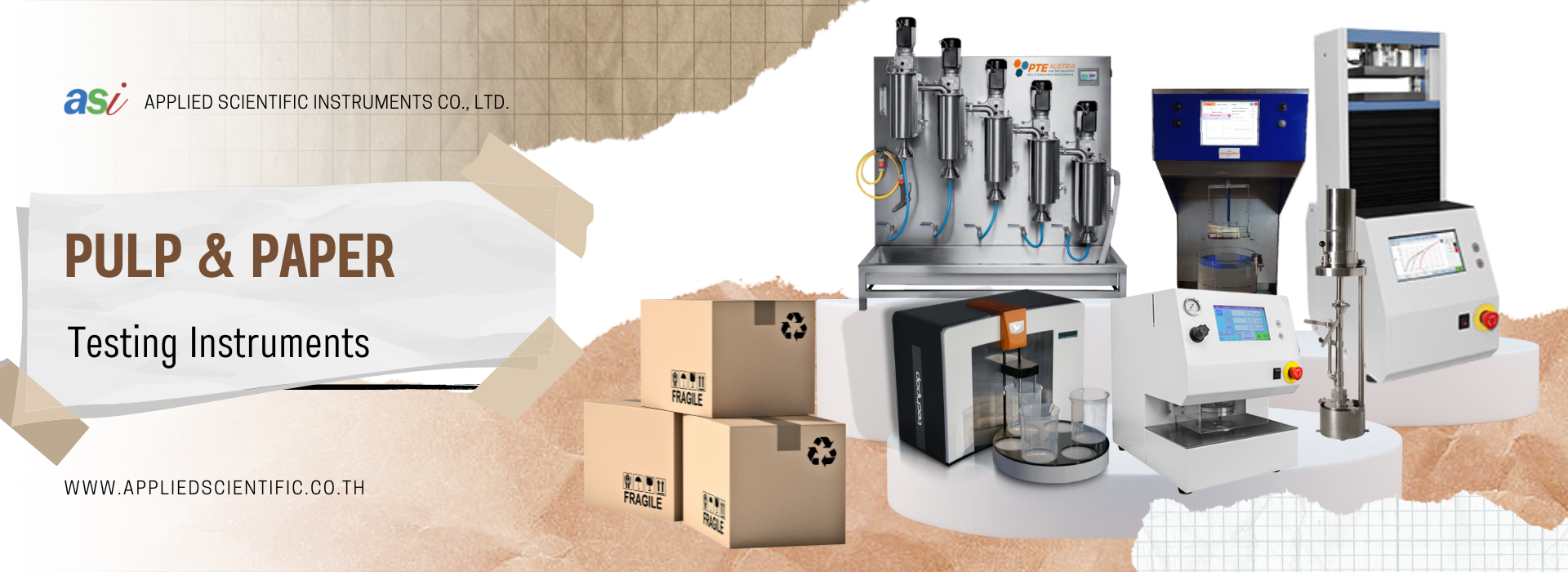


.jpg)
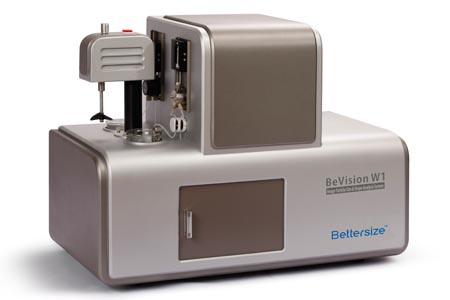
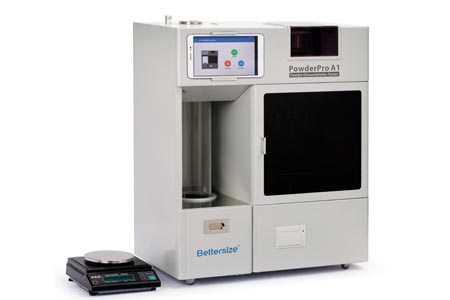
.jpg)
.jpg)
